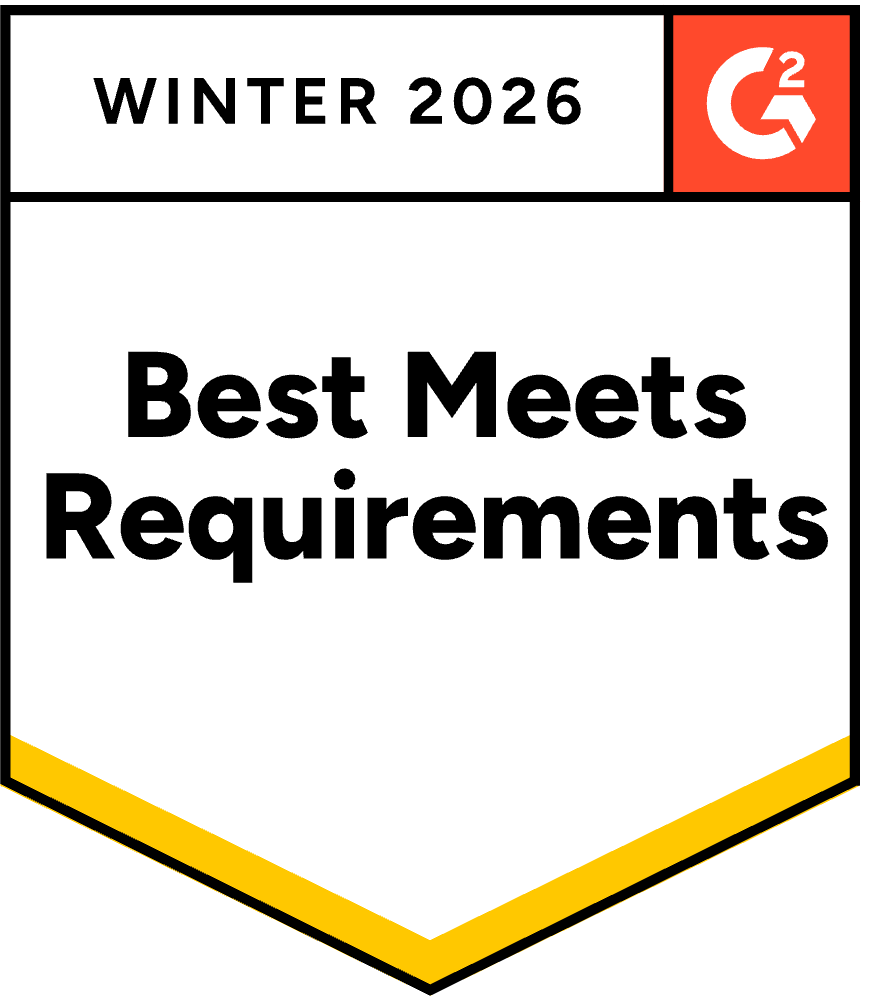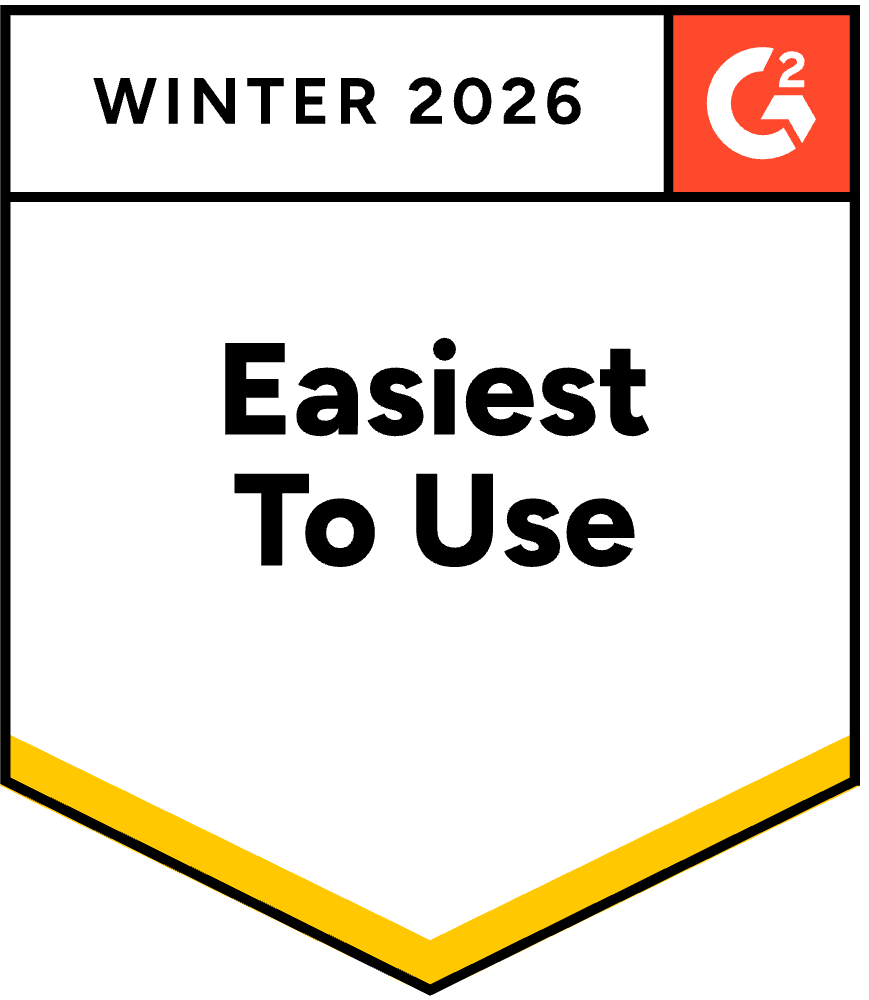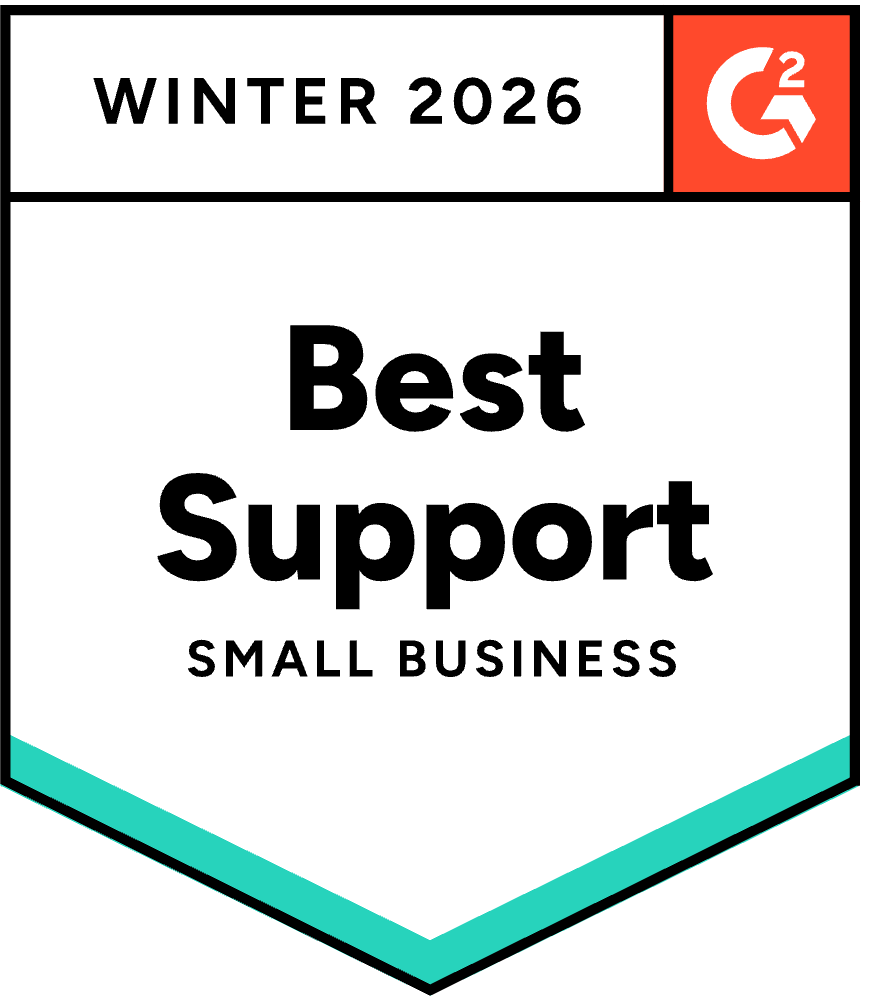Sample RFP Response Example & Template

What Is a Sample RFP Response?
A sample RFP response is an example or template used to demonstrate how to structure and write an effective Request for Proposal (RFP) submission.
It includes key sections such as the RFP Cover Letter, executive summary, technical approach, pricing, and supporting documentation.
Companies use sample RFP responses as reference models to guide their proposal teams, ensuring clarity, consistency, and alignment with client requirements.
Explore our full blog on How to Write a Winning RFP Response for a complete walkthrough.
Purpose of a Sample RFP Response
A sample RFP response helps teams:
- Understand the ideal structure and flow of a professional proposal.
- Learn how to present information in a way that aligns with client priorities.
- Build repeatable templates for future responses.
- Train new team members in RFP and proposal automation processes.
Having a clear sample ensures teams can deliver consistent, high-quality submissions without reinventing the wheel for every opportunity.
Key Sections in a Sample RFP Response
- Cover Letter – A brief, personalized introduction expressing interest and summarizing your value.
- Executive Summary – A clear, client-focused overview of your understanding and proposed solution.
- Company Overview – Background, experience, and relevant qualifications.
- Technical Approach – Explanation of how your product or service meets each RFP requirement.
- Pricing and Terms – Transparent breakdown of costs, deliverables, and payment structure.
- References or Case Studies – Proof of past success and client satisfaction.
- Appendices – Certifications, legal documents, and supporting materials.
See examples of these sections in our guide: Essential Elements of an RFP Cover Letter.
Why It Matters
Using a strong sample RFP response as a foundation:
- Saves time through standardization and automation.
- Ensures alignment with RFP evaluation criteria and scoring systems.
- Improves compliance and reduces risk of disqualification.
- Boosts win rates by focusing on clarity, differentiation, and value.
Teams using Iris can generate and customize RFP responses automatically—ensuring every response aligns with tone, structure, and compliance guidelines.
Learn how Iris Pro automates RFP responses for sales and solutions engineering teams.
Best Practices for Writing an RFP Response
- Start with a client-centric narrative—focus on their goals, not just your product.
- Mirror the language and terminology used in the RFP.
- Use bullet points and subheads for easy readability.
- Provide quantifiable proof—data, outcomes, and ROI metrics.
- Always include a clear call to action or next step.
For real-world examples, visit Common Mistakes in RFP Cover Letters.
Frequently Asked Questions: Sample RFP Response
What is the purpose of a sample RFP response?
A sample RFP response serves as a reference for how to organize and write a complete proposal. It helps teams understand structure, tone, and formatting while maintaining consistency across submissions.
Who uses sample RFP responses?
Proposal managers, sales engineers, marketing teams, and business development professionals often use sample responses to train new team members, build templates, and standardize future submissions.
What should a sample RFP response include?
It should cover key sections such as a cover letter, executive summary, company overview, technical approach, pricing, and references. Including real examples or data points can make the sample more actionable.
Why are sample RFP responses important?
They save time, improve compliance, and reduce the chance of missed details. A strong reference template also ensures alignment with client expectations and RFP scoring criteria.
Can I use automation tools to generate RFP responses?
Yes. Platforms like Iris Pro use AI to automatically draft, organize, and personalize responses—ensuring accuracy, tone, and compliance while cutting manual effort by over 60%.
How do sample RFP responses improve win rates?
By providing a clear starting point, teams can focus on tailoring content and demonstrating value rather than formatting from scratch—resulting in faster, more strategic proposals.
What’s the best way to customize a sample RFP response?
Adapt language and examples to match the client’s priorities, goals, and industry. Replace generic content with case studies, metrics, and success stories that prove your credibility.
Related Glossary Terms
















